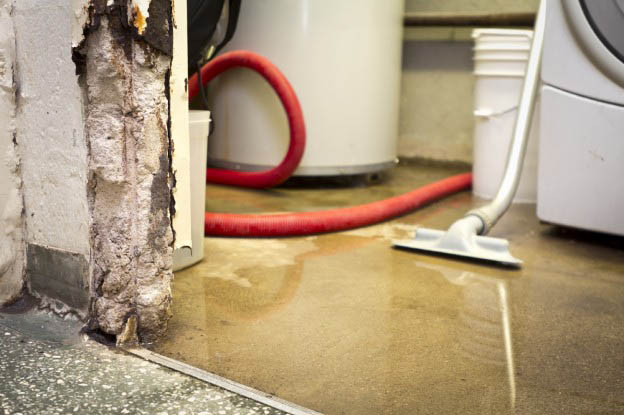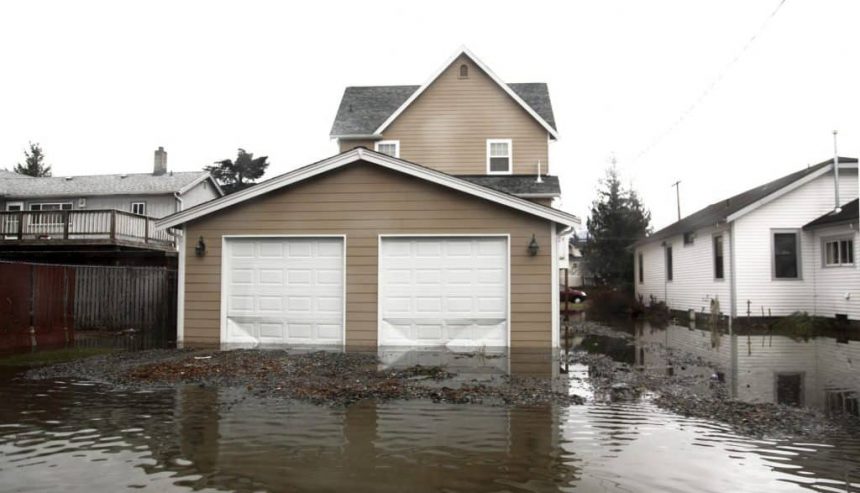Water damage is a distressing issue for property owners, often leading to costly repairs and potential health hazards. When dealing with water damage, it’s essential to understand the different categories to properly assess the severity and take the appropriate restoration steps. This blog will delve into Category 2 and Category 3 water damage, highlighting the risks associated with each and providing a comprehensive guide on restoration.
What is Category 2 Water Damage?
Category 2 water damage, also known as “gray water,” refers to water that contains significant contamination and has the potential to cause discomfort or illness if ingested or exposed to humans. This type of water damage typically originates from sources like:
- Dishwasher or washing machine overflow: Water from these appliances may contain detergents, food particles, or other contaminants.
- Toilet overflow with urine (but no feces): Although this water doesn’t contain solid waste, it still carries bacteria and viruses.
- Sump pump failures: When a sump pump fails, the water that backs up often contains dirt, debris, and other contaminants.
While Category 2 water isn’t as dangerous as Category 3, it’s still unsafe and requires prompt attention. If left untreated, it can quickly escalate to Category 3 due to microbial growth.
What is Category 3 Water Damage?
Category 3 water damage, commonly referred to as “black water,” is the most severe and hazardous form of water damage. This category includes water that is grossly contaminated and can contain harmful pathogens, toxins, and other hazardous substances. Sources of Category 3 water damage include:
- Sewage backups: Water from sewer lines is highly contaminated with human waste, pathogens, and other dangerous substances.
- Floodwater: Water from rivers, lakes, or oceans that enter a property during flooding events is often contaminated with chemicals, debris, and organic waste.
- Prolonged standing water: Water that has been left stagnant for an extended period can become a breeding ground for harmful bacteria, mold, and fungi.
Category 3 water damage poses significant health risks and requires immediate professional intervention. Direct contact with this water can result in severe illness, and the contamination can spread throughout the property, affecting structural materials and personal belongings.

Risks Associated with Category 2 and 3 Water Damage
Both Category 2 and Category 3 water damage carry various risks, including:
- Health Hazards:
- Category 2: The contaminants in gray water can lead to skin irritation, gastrointestinal issues, and other health problems if ingested or exposed.
- Category 3: Black water contains dangerous pathogens and toxins that can cause severe illnesses such as hepatitis, gastroenteritis, and respiratory infections.
- Structural Damage:
- Prolonged exposure to contaminated water can weaken building materials such as drywall, wood, and insulation, leading to structural instability. Mold growth is another concern, as it can compromise the integrity of the structure and cause further health issues.
- Mold Growth:
- Water damage creates a moist environment conducive to mold growth. Mold can develop within 24-48 hours after exposure to water and can spread rapidly throughout the property. Mold exposure can cause allergic reactions, respiratory problems, and other health complications.
- Financial Impact:
- The longer water damage goes untreated, the more extensive and costly the repairs will be. Additionally, failure to address water damage promptly can lead to long-term issues that may not be covered by insurance, resulting in out-of-pocket expenses.
Restoration Guide for Category 2 and 3 Water Damage
Effective restoration of Category 2 and 3 water damage requires a systematic approach to ensure all contaminants are removed and the property is restored to a safe and habitable condition. Here’s a step-by-step guide:
- Ensure Safety First
- Before beginning any restoration work, ensure that the area is safe. Turn off the electricity to prevent electrical hazards, and wear personal protective equipment (PPE) such as gloves, masks, and boots.
- Assess the Damage
- Conduct a thorough assessment of the affected areas to determine the extent of the damage. Identify the source of the water and stop it to prevent further contamination.
- Water Extraction
- Quickly remove standing water using professional-grade pumps and vacuums. The faster the water is removed, the less damage it will cause.
- Remove Contaminated Materials
- Any porous materials that have been affected by Category 2 or 3 water, such as carpets, drywall, and insulation, should be removed and disposed of properly. Non-porous materials may be salvaged but must be thoroughly cleaned and disinfected.
- Drying and Dehumidification
- Use industrial-grade air movers and dehumidifiers to dry the affected areas completely. It’s crucial to remove all moisture to prevent mold growth and further damage to the property.
- Cleaning and Disinfection
- Clean and disinfect all affected surfaces using EPA-approved disinfectants. This step is essential to eliminate any remaining contaminants and prevent the spread of bacteria and mold.
- Mold Remediation
- If mold is detected, it must be addressed immediately. Mold remediation involves removing the mold and treating the affected areas to prevent future growth.
- Repair and Restoration
- Once the area is dry and free of contaminants, repairs can begin. This may include replacing drywall, flooring, and other materials that were removed during the restoration process.
- Final Inspection
- After the restoration work is complete, conduct a final inspection to ensure the property is safe and fully restored. This includes checking for any remaining moisture, mold, or contaminants.
- Preventative Measures
- To prevent future water damage, consider installing a sump pump, ensuring proper drainage around the property, and regularly inspecting plumbing and appliances for leaks.
Why Professional Restoration is Essential
Category 2 and 3 water damage require professional intervention due to the complexity and risks involved. Professional restoration specialists, like Puroclean Restoration Specialists in Scottsdale, AZ, have the expertise, equipment, and experience to handle these types of water damage safely and effectively. They follow industry standards and guidelines to ensure that your property is restored to its pre-damage condition.
Conclusion
Understanding the differences between Category 2 and 3 water damage is crucial for property owners. The risks associated with these categories, from health hazards to structural damage, make it imperative to address water damage promptly and thoroughly. By following the restoration guide outlined above and seeking professional help, you can mitigate the damage, protect your property, and ensure the safety of its occupants.
If you’re dealing with water damage in Scottsdale, AZ, don’t hesitate to contact Puroclean Restoration Specialists. Our team is equipped to handle all levels of water damage and is committed to restoring your property to its original condition as quickly and safely as possible.



